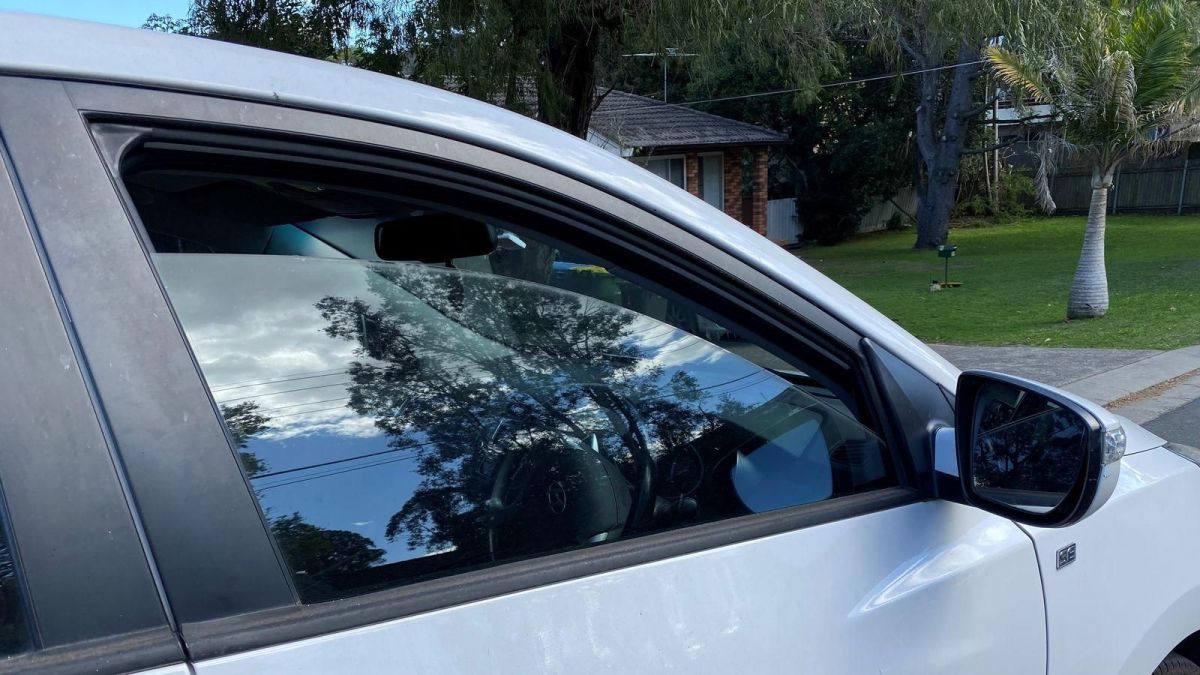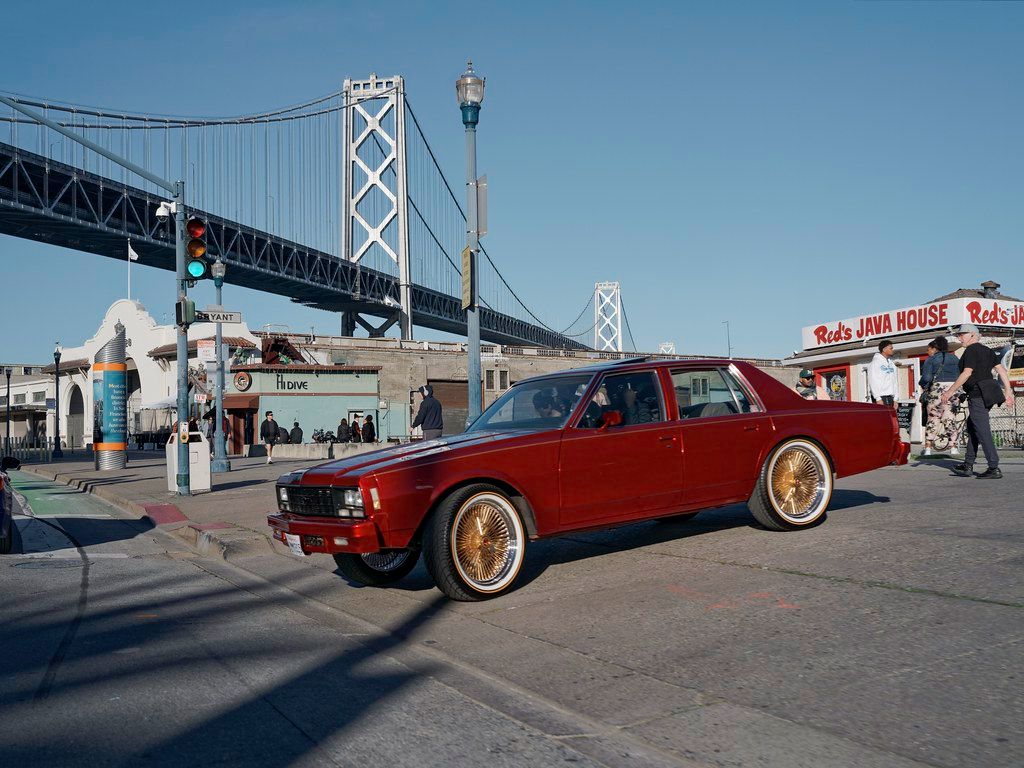
There’s nothing quite as unpleasant as opening your car door on a hot summer day, only to be greeted by a wave of scorching heat from the dashboard. That instant discomfort can turn even the shortest drive into an unbearable ordeal, transforming your vehicle into a veritable oven the moment you step inside. It’s a universal struggle for drivers facing relentless summer temperatures.
More than just an immediate discomfort, this excessive dashboard heat and overall interior heat can degrade your car’s interior over time, leading to fading, cracking, and warping of surfaces. This makes proactively addressing the issue not just about personal comfort but also about preserving the longevity and value of your vehicle. The science behind this phenomenon is often referred to as the ‘greenhouse effect,’ where sunlight, composed of shortwave radiation, easily penetrates your car’s glass. Once inside, this energy is absorbed by your car’s interior surfaces, which then re-radiate it as longwave infrared (heat) that struggles to escape back out through the windows, trapping the heat and causing temperatures to soar rapidly.
But fear not, because beating the heat and transforming your sweltering ride into a cool oasis is entirely achievable! Drawing on practical insights and proven strategies, we’ve compiled a list of actionable ‘hacks’ designed to keep your car interior significantly cooler, even when the mercury climbs to triple digits. Get ready to empower yourself with the knowledge and tools to ensure a far more comfortable and enjoyable driving experience this summer. Let’s dive into the first set of essential strategies that you can implement right away.
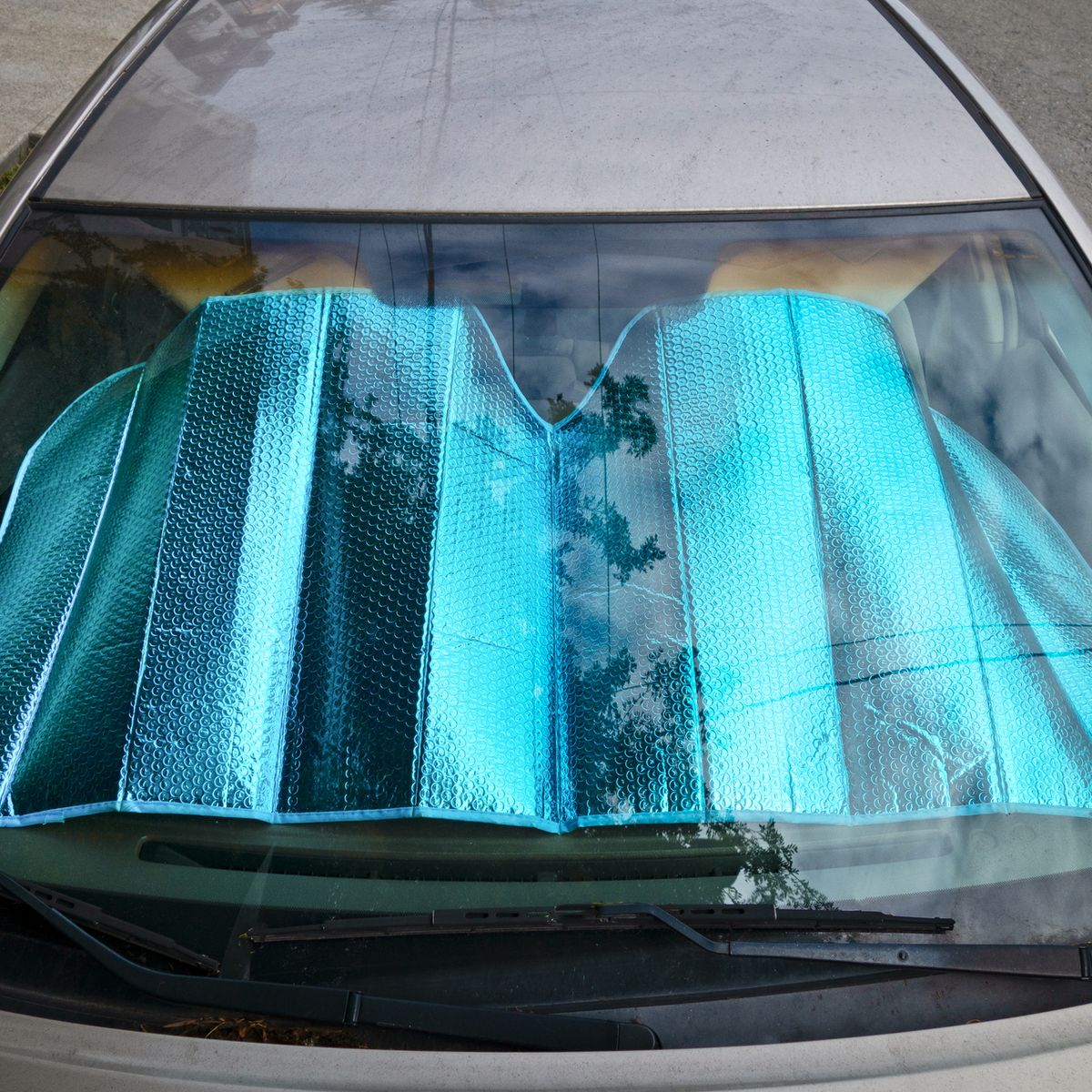
1. **Use a Sunshade**A sunshade can be a remarkably effective tool in your quest to keep your dashboard and entire car interior cool. These specially designed covers reflect the sun’s rays away from your vehicle, thus minimizing the heat penetrating your windshield. When positioned correctly, a sunshade can significantly reduce the interior temperature of your car, permitting a cooler, more comfortable environment upon your return.
To install a sunshade, you should first open your car doors slightly to allow some initial heat to escape. Unfold the sunshade and align it with the interior of the windshield, making sure to ensure that the reflective side faces the outside to effectively deflect the sun’s rays. Some sunshades may come with suction cups, which can assist in securing the shade firmly in place. Once aligned, close the shade within the car doors to ensure it stays fixed and doesn’t fall. Remember to always remove the sunshade before driving to ensure unobstructed visibility and safety.
Sunshades come in various sizes and styles, so it’s crucial to choose one that best fits your vehicle’s windshield. A better fit means the sunshade will be more effective at blocking sunlight and keeping your dashboard – and your car – cooler in the sweltering summer heat. If you don’t already own one, a foldable reflective windshield sunshade is an inexpensive yet powerful way to block up to 95% of harmful UV rays and drastically reduce heat buildup, even on the hottest days.
2. **Park in the Shade**Parking in shaded areas can play a truly significant role in keeping your dashboard and car interior cool. By strategically shielding your vehicle from direct sunlight, you minimize the sun’s intense impact and dramatically reduce the heat build-up inside your car. This simple act is often your first and best defense against a scorching interior, as it prevents the heat from entering in the first place.
The benefits of parking in the shade are twofold, offering both immediate and long-term advantages. Not only does it provide immediate relief by lowering the temperature of your vehicle’s interior, making your return to the car much more pleasant, but it also has a crucial long-term effect. Regular exposure to high temperatures and direct sunlight can cause irreversible damage to your dashboard and upholstery over time, leading to premature aging, fading, and cracking. By consistently parking in the shade, you effectively mitigate this risk and significantly prolong the life and pristine condition of your car’s interior materials.
Finding shaded parking spots may sometimes require a bit of creativity and foresight, especially in crowded areas. It’s wise to plan your day ahead and consider the locations where you’ll be parking. Look for multi-level parking garages, tree-lined streets, or buildings that cast long, protective shadows. Even if it means walking a bit farther to your final destination, the substantial benefits for your car’s interior and your personal comfort are undoubtedly well worth the extra steps. Always remember that the shade moves with the sun throughout the day, so what’s in the shadow in the morning may be in full sun by the afternoon. Therefore, try to anticipate the sun’s path when choosing your parking spot to ensure continuous protection. If natural shaded parking is simply unavailable, consider options like carports or temporary structures that can provide similar benefits.
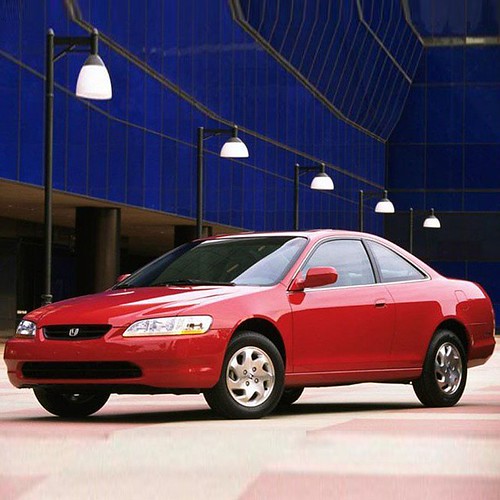
3. **Tint Your Windows**Another highly effective method for reducing heat inside your car is to tint your windows. Window tinting involves applying a thin film to the interior of your car’s windows, which is specifically designed to block a significant amount of the sun’s harmful UV rays and heat. This permanent solution works consistently to keep your car cooler, whether you’re parked or on the move.
The primary function of window tinting extends far beyond just adding aesthetic appeal to your car; it’s fundamentally about creating a cooler, more comfortable interior environment. By effectively blocking a large portion of the sun’s radiant heat, window tinting can prevent your car’s interior from heating up to those dreaded oven-like temperatures, making your journeys significantly more pleasant and often reducing your reliance on the air conditioning system. Moreover, this protective film can protect your car’s interior surfaces and upholstery from sun damage, extending their lifespan and preventing costly wear and tear.
However, it’s vitally important to note that while window tinting is highly effective, it is subject to legal regulations that vary significantly by location. Most states and countries have specific laws regarding the darkness of the tint, often referred to as the ‘tint percentage,’ which denotes the amount of light that a window tint film allows to pass through your car’s windows. These laws are primarily in place for safety reasons, to ensure the driver’s visibility is not overly obstructed, and to allow law enforcement to see inside the vehicle when necessary. Therefore, before you decide to tint your windows, make sure you thoroughly check and understand the related laws in your specific area. Professional window tinting services should also be able to provide expert guidance about what is legal and what is not. So, while the idea of a cooler, more comfortable car is incredibly attractive, always ensure you comply with local regulations when considering this excellent heat-reduction solution.

4. **Crack the Windows**Cracking your car windows can serve as a simple yet surprisingly effective method of heat reduction, especially when your vehicle has been sitting under the sun. When your car windows are completely closed, the air inside gets trapped and can’t circulate, effectively turning your vehicle into a virtual greenhouse as the temperature relentlessly rises. This creates an extremely uncomfortable and stifling environment.
By leaving the windows slightly ajar – just a small gap – you create a crucial means for the superheated, trapped air to escape. This allows for vital airflow, which can help to maintain a significantly cooler environment within your vehicle upon your return, dramatically reducing the uncomfortable effects of entering a sweltering car on a hot day. This subtle ventilation can make a noticeable difference in the initial blast of heat you experience.
However, it’s absolutely crucial to be mindful of safety and security when employing this tactic. The windows should be cracked open minimally – just enough to promote effective ventilation but certainly not wide enough to invite unwanted attention or to make the vehicle an easy target for theft or vandalism. It’s all about finding that delicate balance between enabling sufficient airflow and maintaining robust security for your vehicle and its contents. Always consider the immediate environment and the specific location in which you park your car before deciding to leave your windows cracked open, ensuring peace of mind along with improved comfort.
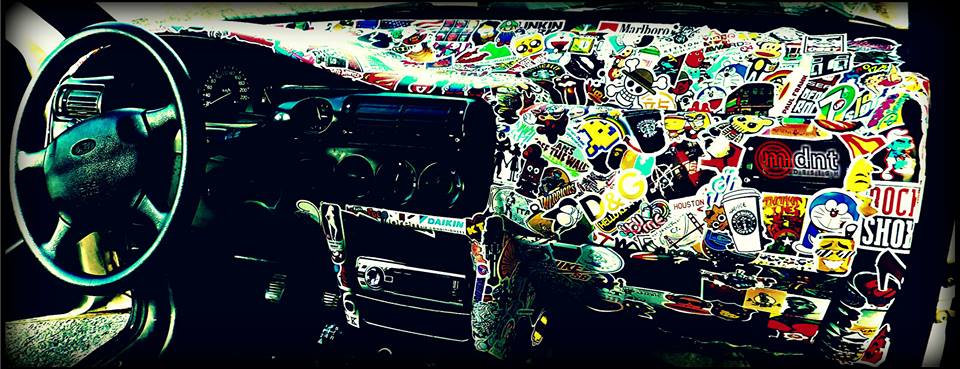
5. **Use a Dashboard Cover**A dashboard cover can be an immensely effective tool for protecting your vehicle’s interior from the detrimental effects of direct sunlight and intense heat. Exposing your dashboard to constant sun rays can lead to unsightly fading, cracking, or even warping of the material over time due to the intense heat and UV exposure. This not only diminishes the aesthetic appeal of your car’s interior but can also lead to costly repairs down the line.
Dashboard covers are specifically designed to shield the dashboard from direct sunlight, helping to maintain its original look, texture, and overall condition. Beyond merely acting as a physical barrier, many dashboard covers are made from materials that reflect a portion of the sun’s rays, thereby reducing the heat build-up on the dashboard itself and subsequently contributing to a cooler overall interior atmosphere. This dual action of protection and reflection makes them an invaluable asset for hot climates.
When selecting a dashboard cover, it’s crucial to consider a few key factors to ensure maximum effectiveness and satisfaction. Firstly, the fit is absolutely essential; a cover that fits your dashboard correctly and snugly will provide optimal protection, leaving no exposed areas for the sun to damage. It’s highly advisable to look for custom-fit dashboard covers that are precisely designed for your specific vehicle model. Next, consider the material: a good dashboard cover should ideally be heat-resistant, durable, and fade-resistant. Some popular and effective materials include carpet, suede, and velour. Lastly, ensure the cover attaches securely to the dashboard to prevent it from sliding, shifting, or becoming a distraction while driving. Investing in a quality dashboard cover can go a long way in preserving your car’s interior and ensuring a more comfortable ride during the hot summer months.

6. **Ventilate Your Car**Ventilating your car is another essential and often underestimated method to manage and significantly reduce excessive heat build-up. It’s a simple yet highly effective way to keep your vehicle’s interior at a far more comfortable temperature, rather than letting it become an unbearable hotbox. This strategy focuses on facilitating the movement of air, allowing trapped heat to escape and cooler air to enter.
When your car is parked under the sun, the interior air heats up rapidly and gets trapped inside, causing the temperature to rise exponentially, creating that stifling sensation. By actively using the car’s built-in ventilation system, or by strategically opening various access points, you can allow this hot, stagnant air to escape. This process effectively lowers the inside temperature, making your car much more welcoming when you return to it.
In conjunction with a slightly cracked window, the car’s air vents can create a powerful cross breeze that actively pushes hot air out and pulls cooler, fresher air in. Similarly, if your vehicle is equipped with sunroofs or vent windows, these are other fantastic outlets for escaping hot air while simultaneously allowing fresh, circulating air to move freely within the car. Here are a few practical tips on using ventilation effectively:
Always aim your air vents upwards. Since hot air naturally rises, directing the vents upward will help push the hot air out faster and more efficiently. If your car has a sunroof, open it slightly to allow that concentrated hot air at the top of the cabin to escape quickly. However, ensure it’s not wide open, which could allow direct sunlight to stream in. Additionally, try to park your car so that the front of your vehicle faces into the wind. This clever positioning will allow any available breeze to enter through the front air vents and effectively push the hot air out from the rear of the cabin. Proper and consistent ventilation is truly crucial in maintaining both the comfort and the longevity of your car’s interior, especially during the challenging hot summer months.

